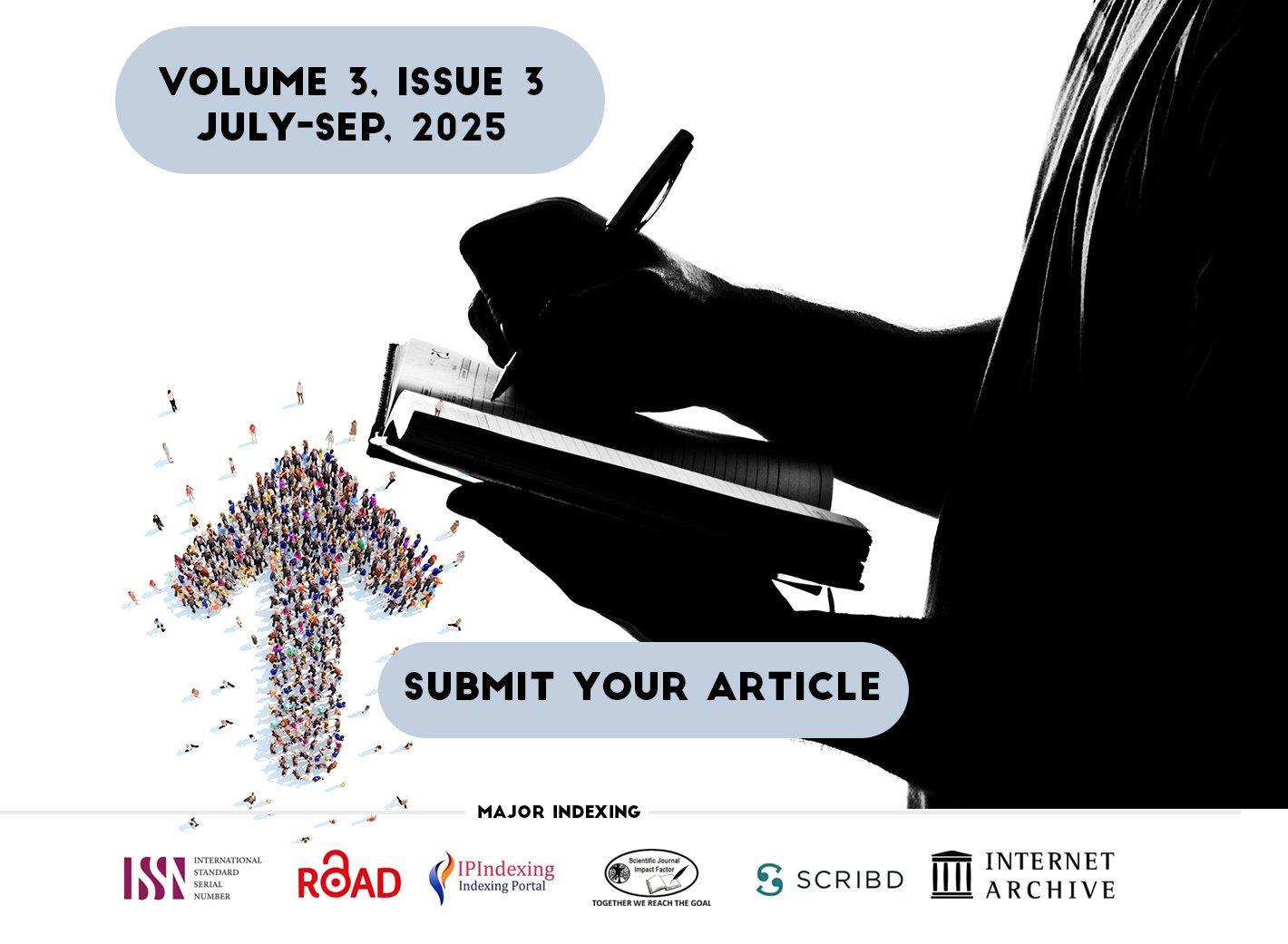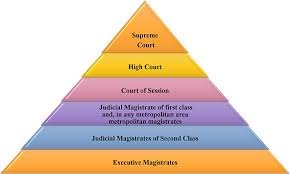Libraries have always been at the forefront of preserving and sharing of information. But with the advent of digital technology, the idea of the traditional library has undergone a substantial transformation……….
ARTICLE 38 OF THE STATUTE OF THE INTERNATIONAL COURT OF JUSTICE: A REVIEW w.r.t. EQUITY AND EX AEQUO ET BONO
International law is a fascinating set of rules that governs the interactions of members of a society of nations. What’s perplexing is that no single body is capable of enacting internal laws that are binding on everyone. ……….
HINDU JOINT FAMILY AND MITAKSHARA COPARCENARY: AN ANALYSIS
The concept of Hindu Joint Family and Coparcenary is believed to be one of the cornerstones of the Hindu Family Law. A Hindu Joint Family is an extended family arrangement that has enormous legal importance in India. Hindu society has always been composed on one large, intact family. The fundamental value of a Hindu joint family is that it can be traced back to a single common ancestor. Joint families can continue for eternity.
GOOD GOVERNANCE AND RIGHT TO INFORMATION: AN ANALYSIS
Freedom of information, that is, freedom to know, is essential for a developed democracy. There should be curiosity in people’ s minds to know. They should seek information. Such kind of informed citizenry is only possible by having widespread access to information about how their government functions. Participatory democracy cannot exist without management that is transparency and accountability. The health of a democratic society depends on the free flow of knowledge. The Right to Information Act was a groundbreaking instrument for promoting, defending, and upholding people’ right to information in India.
LAY OFF AND RETRENCHMENT UNDER INDUSTRIAL DISPUTE ACT, 1947: AN ANALYSIS
The Industrial Dispute Act came into force in 1947. The key concern of this act is to promote industrial peace by facilitating the investigation and settlement of industrial disputes through negotiations. The purpose of the labour legislation is to safeguard employees from victimization by employers and to uphold social justice to both the parties, that is, employers and the employees. The said Act promotes collective bargaining and regulates the atmosphere or conditions under which the workmen are working. It prevents illegal strikes and lockouts, also has provisions for the regulations of lay-off and retrenchment.
View more
DIVORCE AND SOCIAL CONSEQUENCES: AN EXPLORATION ACROSS RELIGIOUS CULTURES by: Aftab Alam & Khushi Singh & Monisha Roy






